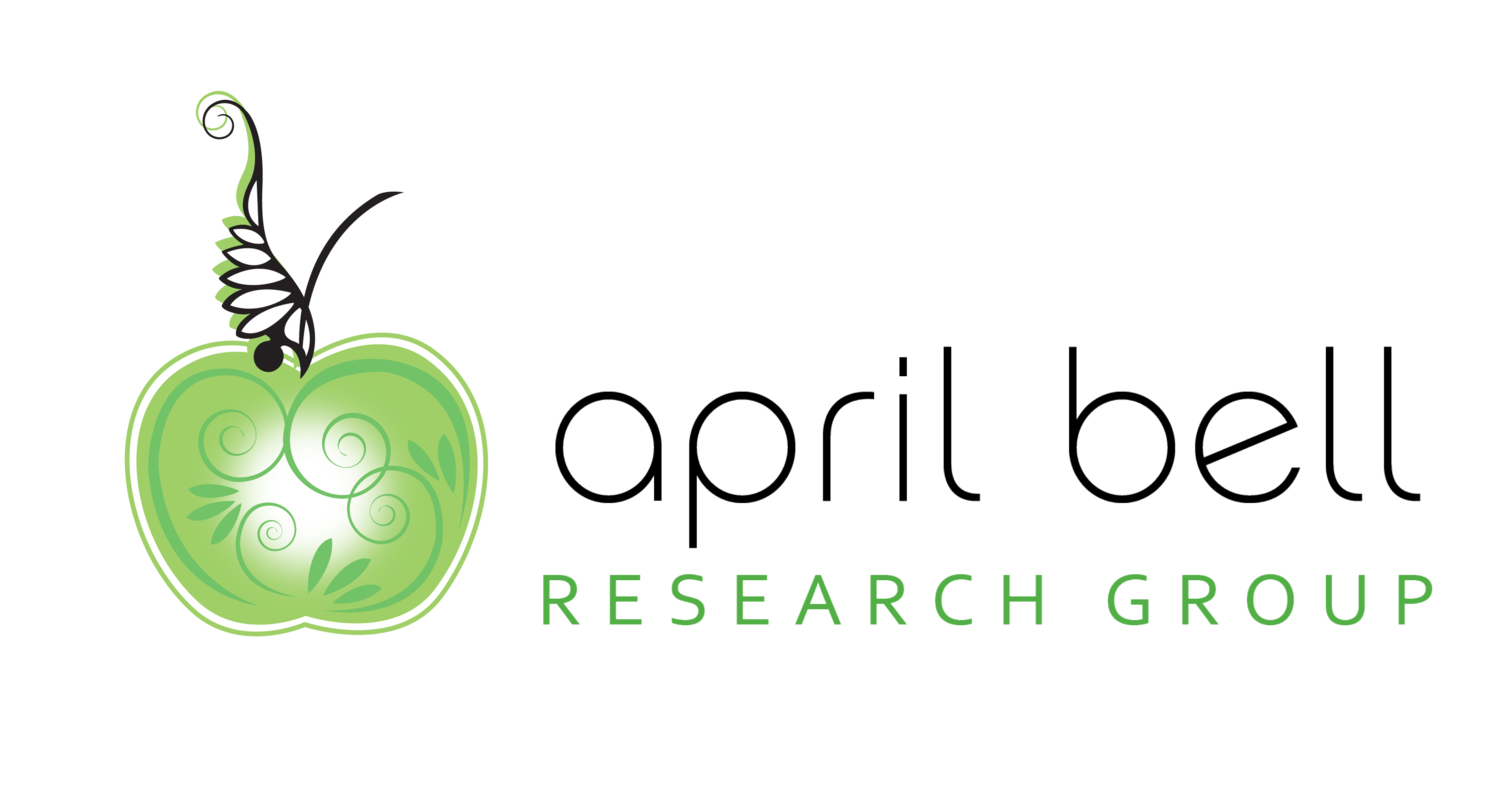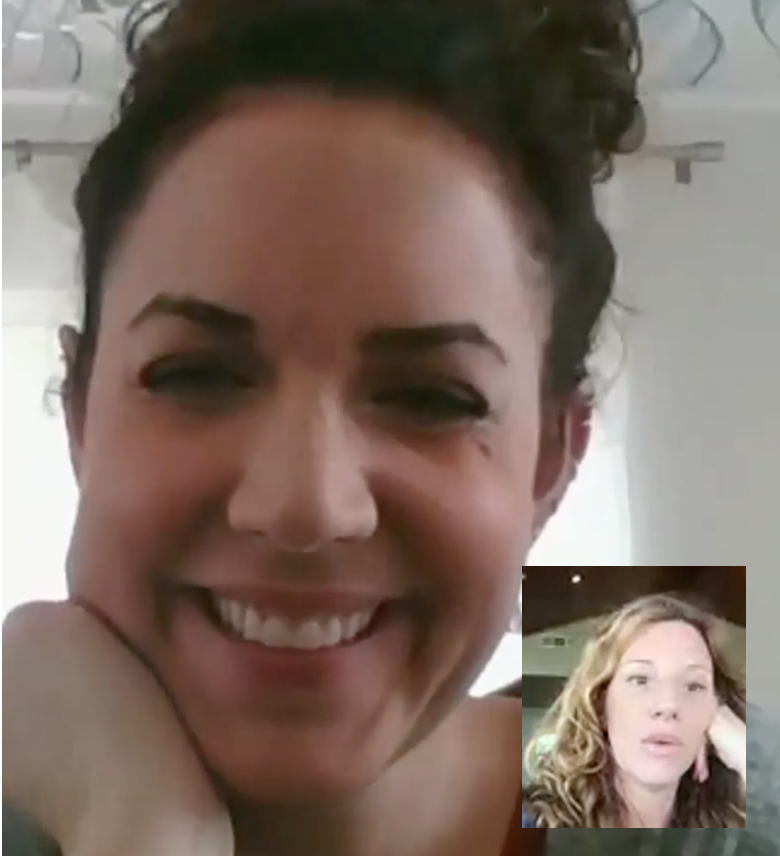I have been thinking lately about the journey I’ve been on – where I am in life vs the way I envisioned it. I realize how little things look exactly like I thought they would. I have always had a vivid imagination. I can envision details in my head for the future as if they’re real – they are crystal clear details. It’s interesting, though, how few of the things I envisioned became reality to the exact level of detail I imagined it. For example, I had vivid imaginations way before I ever got pregnant that my daughter would have red hair. However, that, like many of my visions, did not become so.
When I first started my business back in the summer of 2008, another business owner told me about a space that had opened up for a small business in an old historic three-story 1920s home in uptown Dallas. I was convinced to rent a room up in the attic of that old home only a few months after I had officially “opened” my business doors, just before the market tanked that year.
The reason I got so excited about this little office space is because it was an attic with two rooms on either side of its old rickety staircase. One of the rooms had a closet converted into a viewing space with a one-way mirror. Not because the owner was creepy but because she was a child counselor and utilized her space years ago for her practice.
So, I got big ideas that in this down market in 2008, I was going to conduct cost effective “quick and dirty” focus groups on a dime. Looking back on that now, I’m not really sure why I thought it was a good idea to believe marketing teams of Fortune 100 companies would want to conduct marketing research, trekking up 3 flights of stairs to a small space where they all had to fit into a tiny closet to watch the groups. Even in the down market of 2008, I’m not seeing now what I saw then.
Approximately 2 people could fit in that tiny viewing closet comfortably, but I didn’t concern myself with those “tiny” details. I could see it, I could vision doing focus groups there.
I bought desks, a conference style table, six chairs at IKEA along with a cute little “waiting room” chair - all on a $500 budget - and I started telling everyone who would listen about it. I got so excited that I created a brochure about my space trying to market how easy it would be to conduct focus groups there. Well, fast forward 17 years and I never held one damn focus group there.
I’m telling you the story for 3 reasons:
1. The Dream hasn’t changed: I still have a dream today to conduct group sessions and empathy interviews in my own space. And now I know that it doesn’t have to look like I thought it would. In fact, now it could just look like having a green screen behind me and being able to pull together people on a zoom call. I still believe I could realize a dream to have my own space for small focused group interactions.
2. The Dream moves You forward: Having the dream moved me forward with a lot of amazing opportunities that were better than what I could have imagined. Because I was excited about what I was doing, I was able to pick up clients I had never dreamed of working with. And the path offered a direction that propelled me forward to realize many beautiful experiences that may not have happened if I had not chosen to create an office space in that little attic space…. with a big dream.
3. Our Dreams are Ours - they are our soul’s knocking on the door of our brains saying “don’t forget that I’m here.” The intuition you have inside of you about what your heart desires is data, it is truth. No one has to validate what is inside of you, it doesn’t have to make sense to anyone else. It’s our job alone to unite our head and heart together to refine, work with, and act on our dreams. It is our freedom to do that – to choose our dreams or not.
4. Our Dreams increase our Empathy for others– believe it or not, exercising the “muscle” of imagination helps us see and feel what it might be like for others. When we can imagine another world other than our own, especially when it’s very different that our current reality, we are better able to empathize with others in a new way. One of my favorites, Angela Duckworth, speaks about a “debate” she had on this subject here.
As you dare to dream, to imagine, remember that imagination does not originate from the same place as fear. How you execute that dream eventually may shift alter and change. While I never realized the dream of doing focus groups in that small attic space, I know that because I started dreaming about it, it actually lifted me to a place where I could handle the many rejections and confused looks when I suggested we should do focus groups in a hot Texas attic closet with a small one-way mirror.
My dreams allowed me to carry on because I could see it so clearly. It takes space and willingness to look under the covers to pick your dreams back up. I encourage you to do that as I’m encouraging myself to do that these days. I have ben re-learning the act of using my imagination.
How does the voice talking inside your head make you feel? If you are feeling fear, anxiety, worry, stress as you dream, notice that.
And notice the difference in how that feels vs. when you feel alive, excited, hopeful, driven. These feelings can serve as a guide as your’e honing your vision.
It will help you uncover which voice is talking – the fear voice or the voice of your soul.
Then choose which voice makes you feel better.
There’s a reason that Step 2 in our Empathy Co-Creation™ process is “Imagine” – it’s because it propels you forward allowing you to become empathetic to yourself and others as you enter into the unknown “messy middle” of whatever you’re creating.
If you’re interested in learning more about our tools to help you develop a powerful vision, you can sign up for our email list here.





















